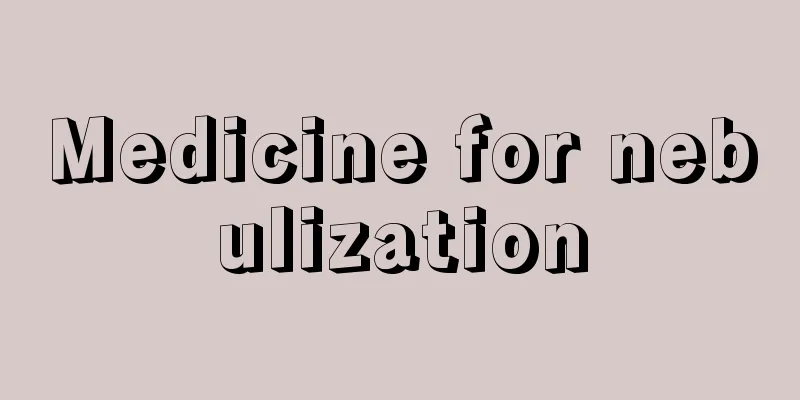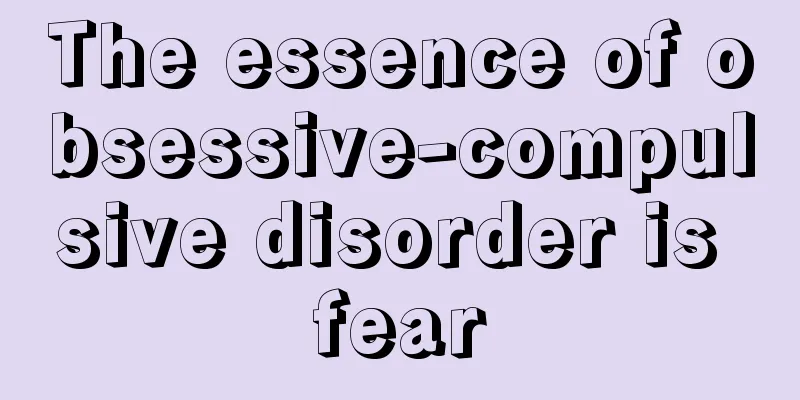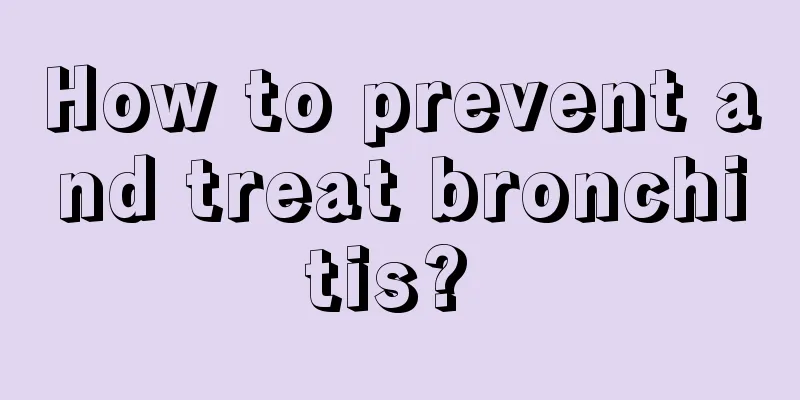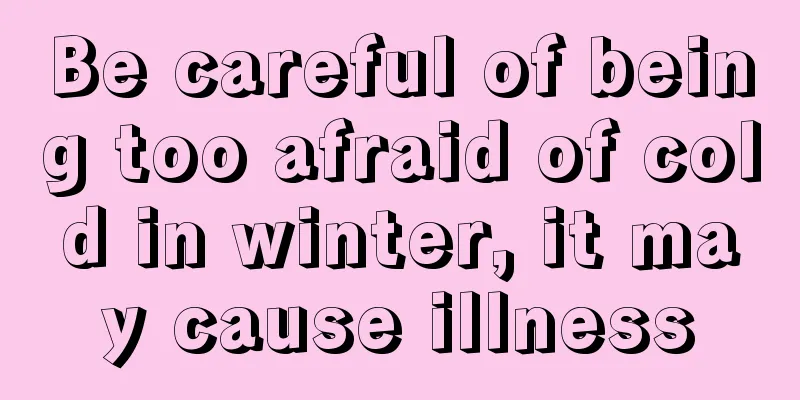Medicine for nebulization

|
Nebulizer therapy is a very common treatment method in today's clinical medicine, and it is also a treatment method that can treat a variety of respiratory diseases. Of course, certain drugs need to be used during nebulization treatment. Different drugs will have different treatment effects. So, what are the drugs that are often used for nebulization treatment? This will be introduced below! 1. Inhaled corticosteroids Main function: Reduce airway inflammation and effectively control baby's wheezing and coughing symptoms. Commonly used drugs in hospitals: budesonide suspension (0.5~1mg/time, combined with 2mL of normal saline nebulization inhalation each time, 1~4 times a day), which takes effect quickly and can exert anti-inflammatory effects in 10~20 minutes, and is very effective for emergencies. 2. Bronchodilators Main functions: It is a commonly used medicine for baby asthma and wheezing. Nebulizer inhalation is the best route of administration. It is quick to take effect and has a strong antispasmodic effect. Commonly used drugs in the hospital: ①β2 receptor agonist: terbutaline sulfate nebulizer solution (dosage 1ml/2.5mg, combined with 2mL of normal saline each time, 1 to 4 times a day), takes effect within 5 minutes of inhalation and reaches its peak in 15 minutes. This type of medicine is often used in children with obvious bronchial spasm (such as acute laryngitis). ② Anticholine drugs: The representative is ipratropium bromide suspension (250ug/time, combined with an equal amount of normal saline, 1 to 4 times a day), which takes effect within 10 to 30 minutes after inhalation and is mostly used for acute onset. 3. Expectorant Main function: It can regulate the mucus secretion in the respiratory tract of children, increase the movement of cilia, and make it easier to cough up phlegm. Commonly used drugs in hospitals: Ambroxol hydrochloride (common concentration 15 mg/mL, 1~2 ml each time by nebulization inhalation, twice a day). Summary: The above mentioned are conventional treatment medications. If the child requires long-term nebulization (such as asthma), regular follow-up is required and the medication should be adjusted in time to minimize side effects. 4. Precautions for atomization ① Timing: It is best to choose to inhale when the child is quiet and not crying (watch cartoons to distract the child, or when the child is asleep). ②Posture: Choose a sitting position and let the child keep the upper body upright. This is conducive to drug deposition, improves efficacy, and prevents the drug from splashing into the eyes. For children who cannot sit up, raise their head to 40 degrees to their chest. ③Observation: Pay close attention to the child's complexion and breathing. If the lips turn purple or the breathing speeds up/slows down, stop the nebulization immediately and do not force treatment; ④Hold the sprayer vertically to the ground, and keep the mask close to the child's mouth and nose to avoid air leakage. |
<<: What to do if your nails are cracked
>>: What medicine to take for rotator cuff inflammation
Recommend
What should I do if my calf muscles grow
For female friends, not having a pair of slender ...
How does lung cancer metastasize
In recent years, lung cancer has become one of th...
Early symptoms of liver cancer
Early liver cancer may have no symptoms or signs....
Is latex mattress toxic
When traveling to Thailand, many people must have...
What are the benefits of taking a ginger bath
Ginger is a food that we eat every day. Ginger ha...
How to treat recurrence of esophageal cancer
Recurrence of esophageal cancer after surgery is ...
What causes fibroids?
Fibroids are a common disease that women are most...
The dangers of drinking mineral water, you need to know these
Long-term drinking of mineral water is harmful to...
The efficacy of Sophora japonica scrambled eggs and the people who are suitable to eat them
Sophora flowers are the flowers and stamens of th...
Can lymphoma be cured? How long will the treatment take?
Can lymphoma be cured? How long will the treatmen...
What are the benefits of eating chestnuts in autumn
In the coming autumn, chestnuts will gradually ma...
Is kidney cancer hereditary in men?
Kidney cancer is a malignant tumor that mainly oc...
What should I do if my pituitary microadenoma is serious?
In fact, people's head is more than just an o...
Body temperature rises while sleeping_Will body temperature rise while sleeping
Most people may have a fever when they sleep, bec...
Can nasopharyngeal carcinoma be seen with the naked eye?
Today, countless people have gradually learned ab...









